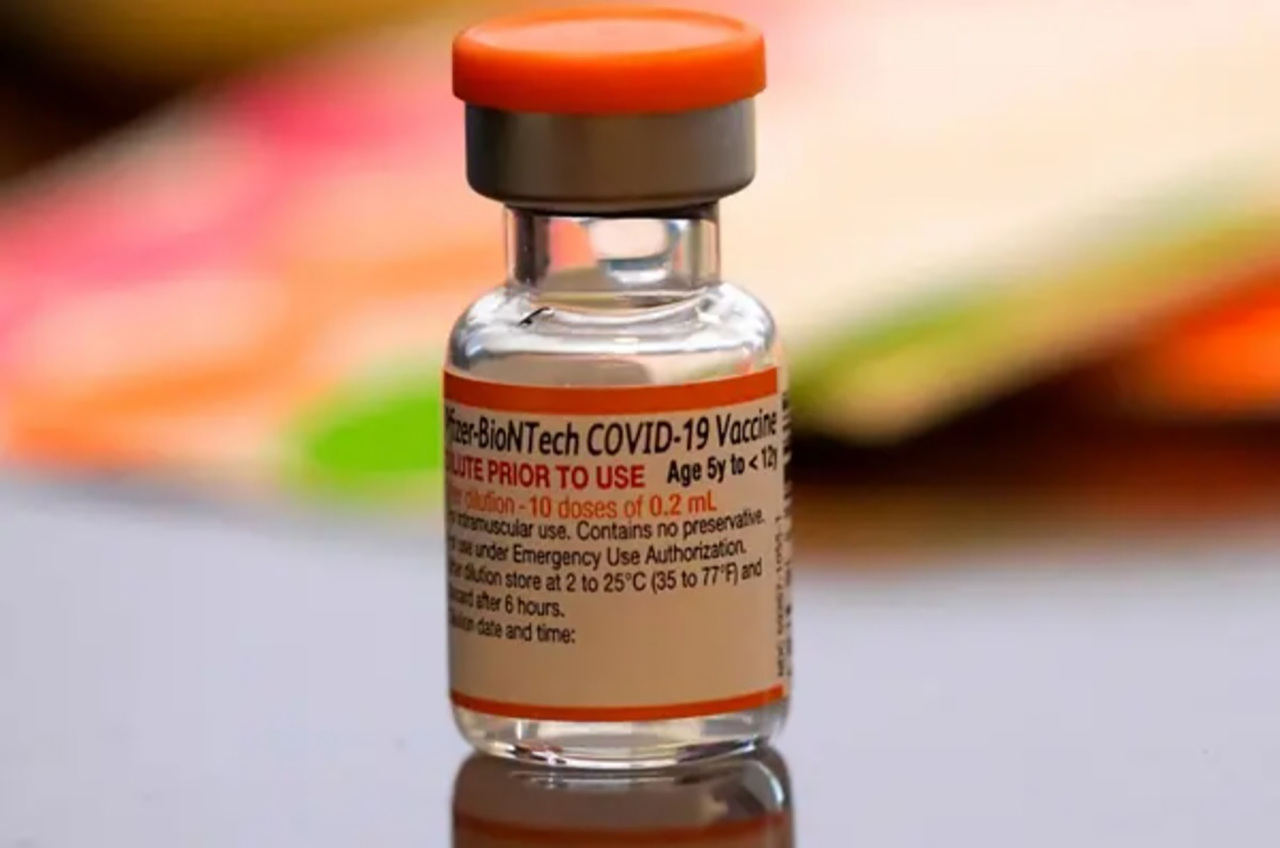COVID-19 vaccinations for younger children are opening up too late in South Korea for them to benefit from the protection, according to a top immunization and pediatric infectious disease expert.
The vaccine program for children aged 5 to 11 does not begin here until March 31. At that point the omicron wave would already be in retreat and many would have natural antibodies, said Dr. Choi Eun-hwa, the head of Korea’s national advisory committee on immunization practices.
Speaking at a virtual forum organized by the National Academy of Medicine of Korea, Choi said “a large number of children under 12 have already been exposed to the omicron variant, and have immunity.” As such, for healthy children in this age group, the benefits of vaccination “aren’t as large,” she said.
For clinically vulnerable children, on the other hand, getting vaccinated was “still highly recommended,” she said.
Speaking at the same forum, Dr. Jung Jae-hun, who advises the prime minister on COVID-19 policy, said the omicron wave will have done its damage before the vaccine can get to most children.
“As the vaccine takes effect two weeks after receiving it, children getting vaccinated March 31 or after could expect protection after the peak of the wave has already passed,” he said.
Jung, who models forecasts for the government, said as the two pediatric doses of Pfizer’s vaccine are given eight weeks apart, most recipients would not be able to complete their series before May. “By that time some 40 to 50 percent of children will have been infected,” he said.
The uptick in infections from the ongoing wave has been higher in children than in adults, according to the Korea Disease Control and Prevention Agency data.
Children ages 5 to 11 in particular have the highest infection rates among all age groups, with about 22 percent having confirmed infected so far based on the KDCA data updated March 12. Out of 704,853 patients in this age group, 0.005 percent, or 20, developed severe symptoms, and 0.001 percent -- four -- died.
In contrast, out of the 31,167,083 older teens and adults ages 18-59 who have been confirmed infected, 0.233 percent -- 4,013 -- progressed to severe disease, and 0.033 percent, or 675, have died.
Children tend to be affected less severely than those who are older, said pediatric infectious disease professor Dr. Eun Byung-wook of Nowon Eulji University Hospital in Seoul. In 12- to 17-year-olds, the COVID-19 severity rate was more than twice as high at 0.012 percent.
Eun said in younger children, omicron infections were marked by a high prevalence of croup, which happens when viral infections cause the voice box to become inflamed or swollen. The “COVID-19 croup” is characterized by a “barking” cough and stridor, or noisy intakes of breath, he said.
This may be explainable by omicron’s tendency to strike the upper respiratory tract, according to Dr. Jerome Kim, director general of the International Vaccine Institute.
“This is speculative, but omicron may preferentially affect nasal tissues. Monkey studies suggested that omicron infected upper airways and not the lung. Perhaps this is why we are seeing the ‘COVID croup,’ which is usually associated with an upper airways disease,” he said.
Kim added that although omicron is causing more cases and subsequent hospital admissions, it is “in general less severe (than delta) in all age groups.”
“From a severity of disease perspective it doesn’t appear to cause more cases needing intensive care as delta,” he said. “So among hospitalized children, the severity of illness is lower.”
Kim said based on data out of the US there is “evidence of reduction in hospitalizations in this age group during the omicron surge” from vaccination. “There are around 8 million vaccinated 5- to 11-year-olds in the US, and safety has not been a big problem.”
The US CDC’s March 1 report said the vaccine was 74 percent effective against preventing hospitalization in 5- to 11-year-olds after a second dose, which compares with 92 to 94 percent for 12- to 17-year-olds.
By Kim Arin (
arin@heraldcorp.com)





![[Exclusive] Hyundai Mobis eyes closer ties with BYD](http://res.heraldm.com/phpwas/restmb_idxmake.php?idx=644&simg=/content/image/2024/11/25/20241125050044_0.jpg)
![[Herald Review] 'Gangnam B-Side' combines social realism with masterful suspense, performance](http://res.heraldm.com/phpwas/restmb_idxmake.php?idx=644&simg=/content/image/2024/11/25/20241125050072_0.jpg)

